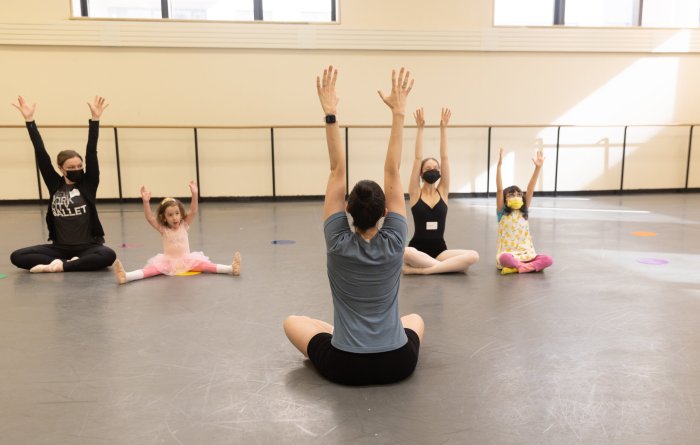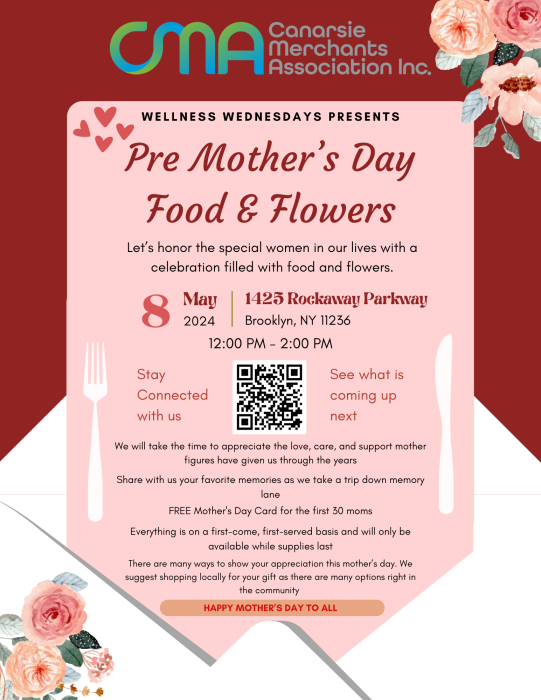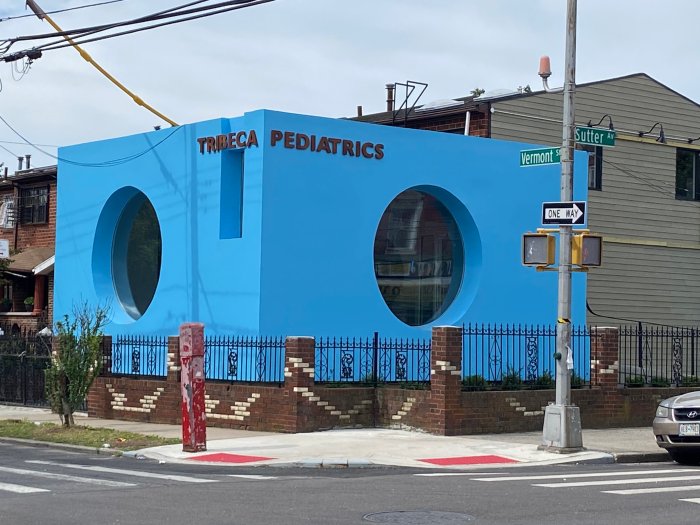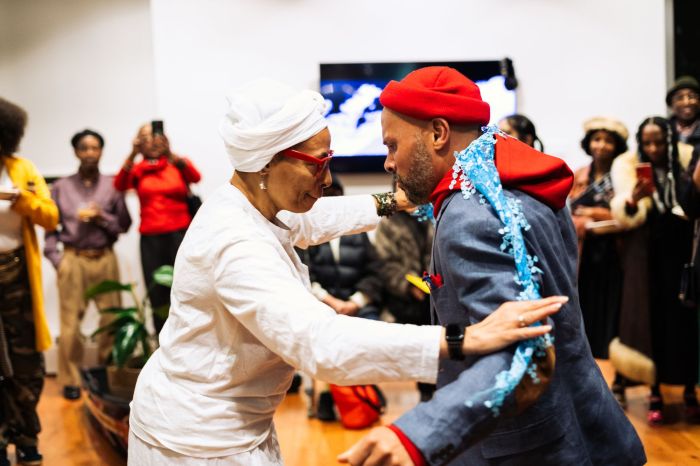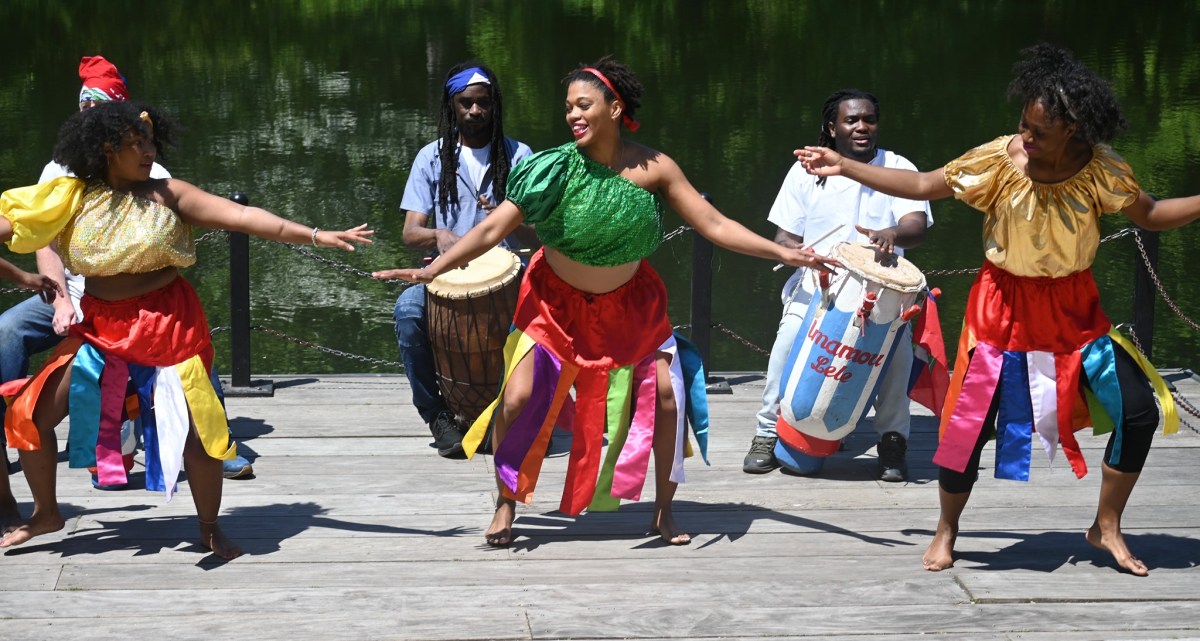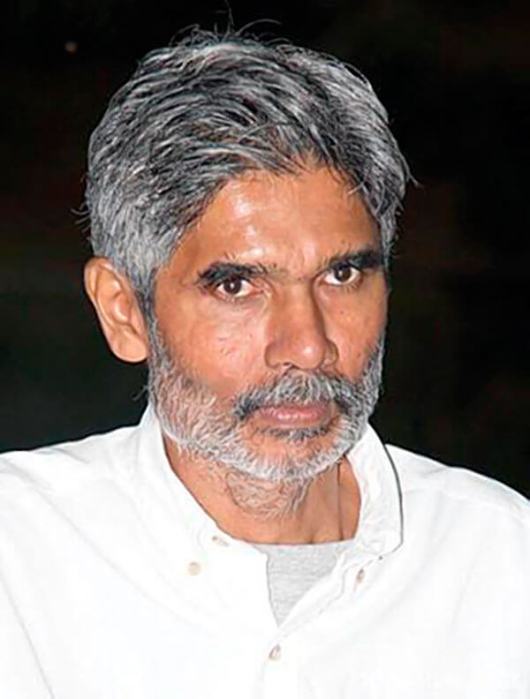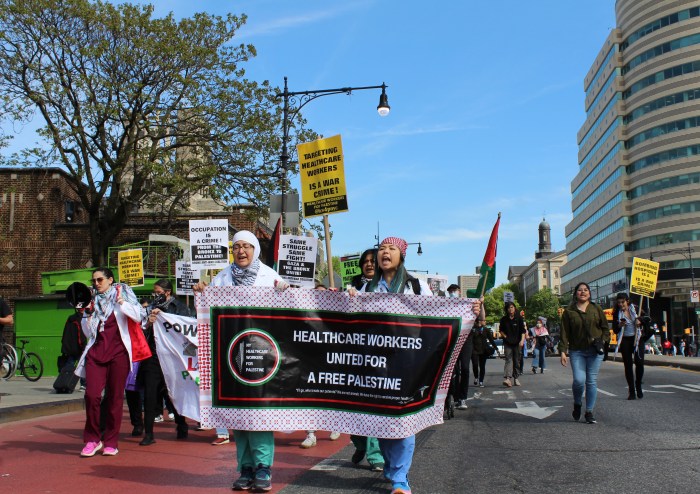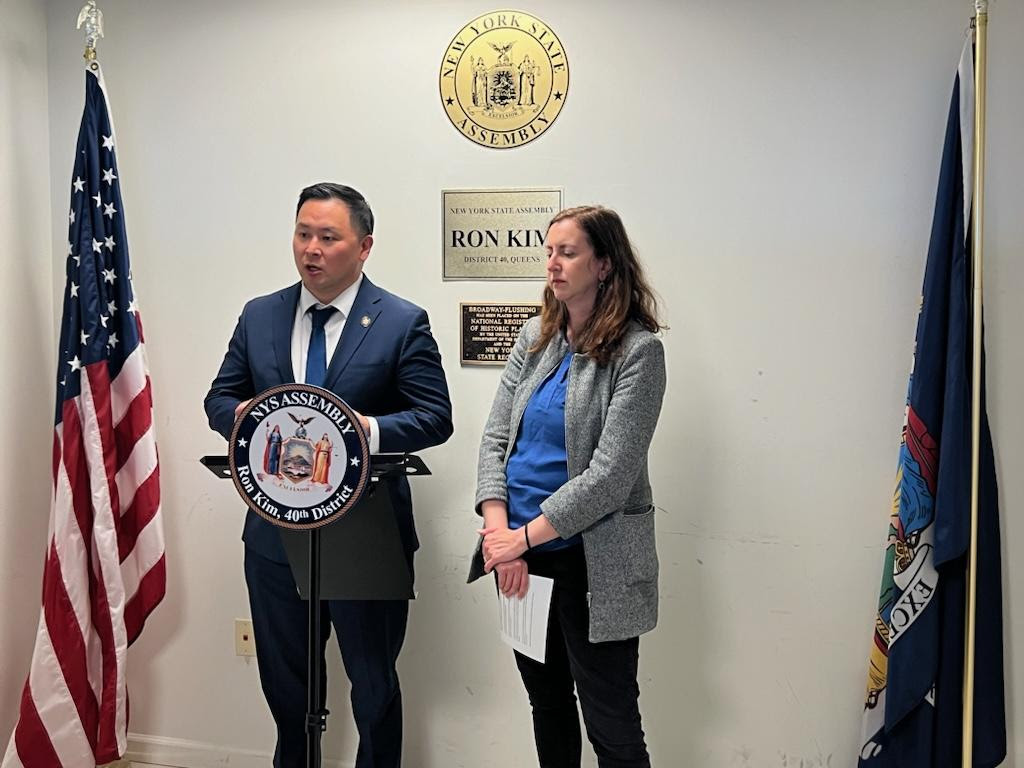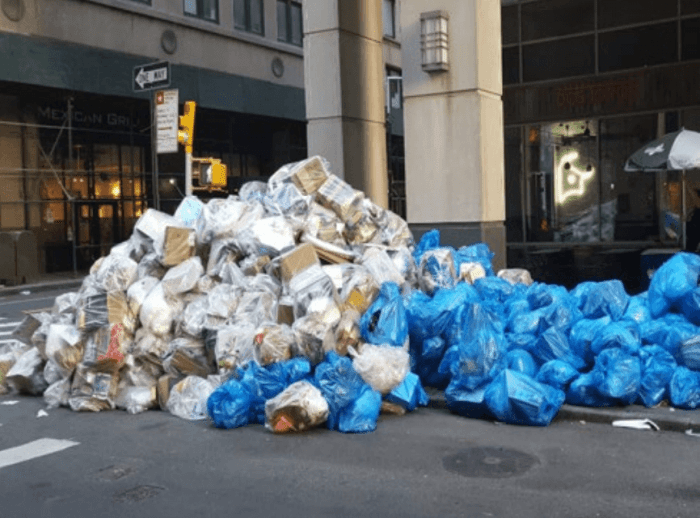On Oct. 10 2017, the Housing Development Corporation, acting on the basis of a cabinet minute No 1376 of Aug. 3, 2017, applied to the Environmental Management Authority for a Certificate of Environmental Clearance to build a high-rise complex on lands of the St .Augustine Nurseries at Curepe. Its plan is to build 300 multi-family units on 10 housing blocks, on 17.4 acres of nursery land, stretching North to South alongside the Southern Main Road. The HDC must cease and desist at once. The following are seven reasons why:
THE CONCEPT The St. Augustine nurseries were established by the British Colonial government in the early 1930’s. It was part of a grand plan for the collection, conservation and dissemination of tropical plant species and products globally. This plan included agricultural education in primary schools, the Imperial College of Tropical Agriculture, and the allotment of large tracts of land at Valsayn, Curepe and St. Augustine for research and conservation. The St. Augustine Nurseries collects, conserves and propagates plant material, germplasm. The issue is not just about interchanging agricultural land; it is about keeping integral a unique bank of plasm and technical expertise developed and preserved over nine decades. The facility also houses a herbarium.
THE STOCKS Germplasm is the scientific collection and storage of plant culture, its genes; from which various strains and related species may be extracted. This storage could be converted to large plantations, orchards, running groves and fields currently or in the future. The genes may be stored in seeds, in live trees; or in-vitro, in cold storage. Some seeds do not have a long natural life. These rely on trees to keep their genetics going through the age. St. Augustine does not do frozen in-vitro banking, so it needs it land, its space, to grow the trees, the bank, the plasm – for all manner of trees, historic, exotic, economically viable crop species. Have you ever heard about Bilimbi? Abiu? Velvet Apple? Canistel? Java Plum? Melwa Kumquat? Wax Apple? There are 303 such plasms at the Nurseries.
CITRUS GREENING This disease, also called huanglongbing, or yellow dragon disease, has affected citrus throughout Trinidad and at the nursery. Scientists have concluded that it would be uneconomic to destroy citrus in Trinidad, since the disease is so prevalent. Each disease has its own epidemiological history, and each species is blessed with its own immunological characteristics. Plants, like humans, fight disease. A recent report suggests that the best mitigation is incremental work over a period of time, screening. This approach is being taken by the plant managers at the St Augustine Nurseries.
HORTICULTURAL REVOLUTION. A horticultural revolution is needed in Trinidad and Tobago and the Caribbean. Too many respiratory, cardiac diseases; too much cancer and diabetes; too severe morbidity and immune system deterioration. Too much traffic and air pollution. Too much obesity. Too many foods of negligible value and bogus pharmaceuticals. The health bill of the Government and citizen is vying towards astronomical levels in the coming decades. The basis of a horticultural revolution, the propagation of fruit and tree crops across the length of the land, is the seed bank, the herbarium, the germplasm collection. The Nurseries have sold hundreds of thousands of fruit and crop trees over the past decades. Feeding nutrients, Vitamin C and D, trace minerals, not sugar-water and pack-juice, to the nation!
POPULATION DENSITY. The Nurseries lie at the heart of the East West Corridor in one of the most densely populated parts of the Caribbean. We have stocked housing schemes, tenements, plannings, estates, high rises, in an area now struck with immense social distress. Look at an overhead Google map, and you will see the dense sand-buckets from Carenage, to Curepe, to Arima. The worst place to locate a family or human with low or vulnerable incomes is an apartment with no land. Nowhere to open a garage, upholstery shop, stall, grow a garden. A post-Slave, post-Indenture dystopia for the people! Why is the government packing more? Are we goat and sheep? Why is it back-squeezing state lands to the East, the South, Caroni lands? Proper policy brings elections victories, not such packing. The Corridor needs horticulture now more than ever.
EXTREME WEATHER. Extreme weather — too much water in the global system released by ice caps, global warming — is causing landslides in hilly areas, flooding on plains, soil erosion on coastlines, and extremes of temperature. This is a scientific prognostication for Trinidad and Tobago. Trees, large trunks, store massive supplies of water. A family located on a single lot or land can plant trees, the one in a high-rise can hardly really.
THE FUTURE. Daily, we are seeing that neither state nor large conglomerate corporations have the incomes to save Trinidad and Tobago. Our oil and gas are no longer competitive on the global markets. It is to our biomass, our indigenous corporations, that we must look to enhance growth, wealth and economic productivity. Wither them not. If the government is indisposed to use the St. Augustine Nurseries to enhance inter-generational capital then leave them. Others in the future will do so. Land from the Nurseries, to the South, was already used for housing. Enough!
Presenting one’s head on a political platter to one’s opponents, in retrospect, PM’s Panday, Manning, Persad-Bissessar, is always preventable. Honourably, early on, before further ado, withdraw the CEC application to the EMA.


